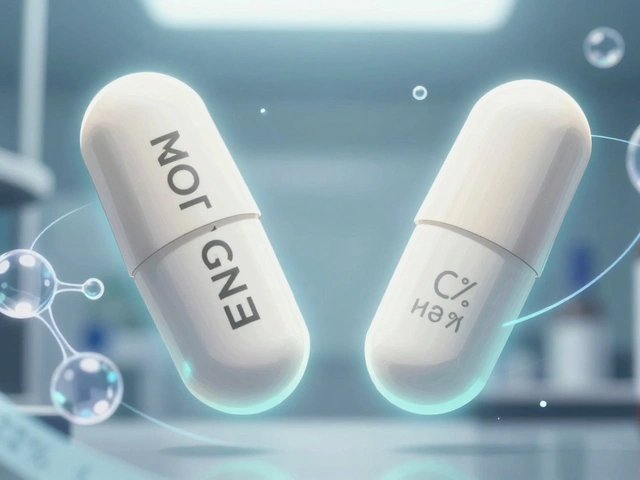Machine Learning: The Engine Driving Modern Pharma
When working with machine learning, a collection of algorithms that let computers find patterns in data without explicit step‑by‑step instructions. Also known as ML, it powers everything from image recognition to forecasting drug safety. Another core concept you’ll hear is artificial intelligence, the broader field that includes machine learning, rule‑based systems, and robotics, which sets the stage for more focused tools like predictive modeling, statistical or AI‑driven methods that estimate future outcomes based on current data. In pharma, these techniques are not just buzzwords; they directly influence drug discovery, the process of identifying new molecules that could become medicines and enable personalized medicine, tailoring treatments to an individual’s genetic and health profile. Understanding machine learning basics is the first step toward seeing how it reshapes every stage of the health‑care pipeline.
Why Machine Learning Matters for Health Professionals
Machine learning enables predictive modeling that can sift through millions of chemical structures in hours, something that would take researchers years by hand. This speed boost means drug discovery cycles shrink, allowing promising candidates to reach clinical trials faster and at lower cost. At the same time, predictive models flag safety signals early, reducing the risk of late‑stage failures. Another big win is the rise of personalized medicine: algorithms analyze a patient’s genome, lab results, and lifestyle data to recommend the right drug dose or even the best drug class. That’s why hospitals and research labs are hiring data scientists alongside biochemists — the two skill sets now work hand‑in‑hand. In practice, a machine‑learning‑driven model might predict which heart‑failure patients respond to a new therapy, or it could suggest a skin‑care regimen that matches a person’s unique microbiome.
Beyond discovery, machine learning also supports post‑market surveillance. Real‑world data from electronic health records, wearables, and pharmacy claims feed into algorithms that spot adverse events faster than traditional reporting systems. This continuous feedback loop improves drug safety and helps regulators make evidence‑based decisions. The technology even powers virtual clinical trials, where synthetic patient cohorts generated by AI replace costly on‑site recruitment. All of these applications share a common thread: they rely on high‑quality data, robust models, and interdisciplinary collaboration.
Below you’ll find a curated set of articles that dive deeper into specific health topics where machine learning’s impact is already visible. From skin‑barrier research and erectile‑dysfunction treatments to hormone‑therapy buying guides and diabetes drug comparisons, each piece shows how data‑driven insights influence real‑world decisions. Whether you’re a patient curious about the science behind your prescription or a professional looking for practical tips, the collection offers concrete examples of AI at work in the pharmaceutical space. Keep reading to see how these concepts translate into everyday health information.

How Predictive Modeling Shapes Novel Influenza Outbreak Preparedness
- Date: 24 Sep 2025
- Categories:
- Author: David Griffiths
Explore how predictive modeling, data streams and modern algorithms help health systems anticipate and control new influenza threats, from early warning to vaccine design.



